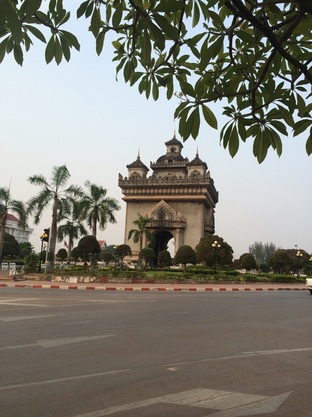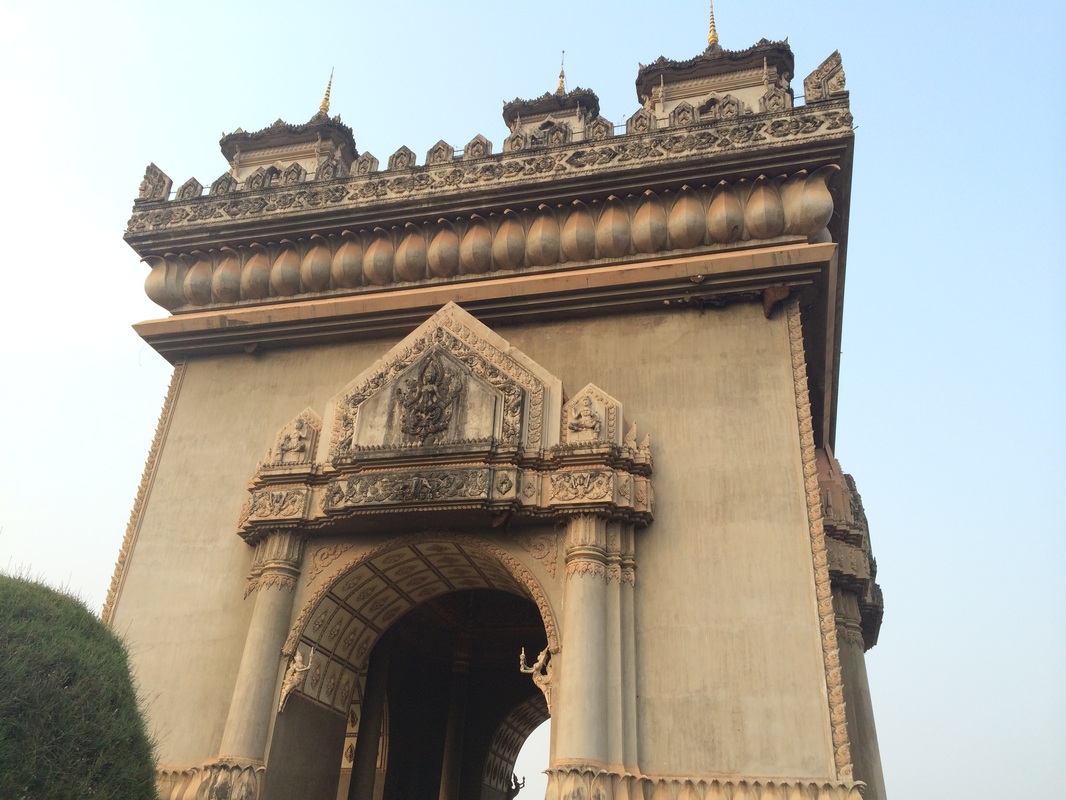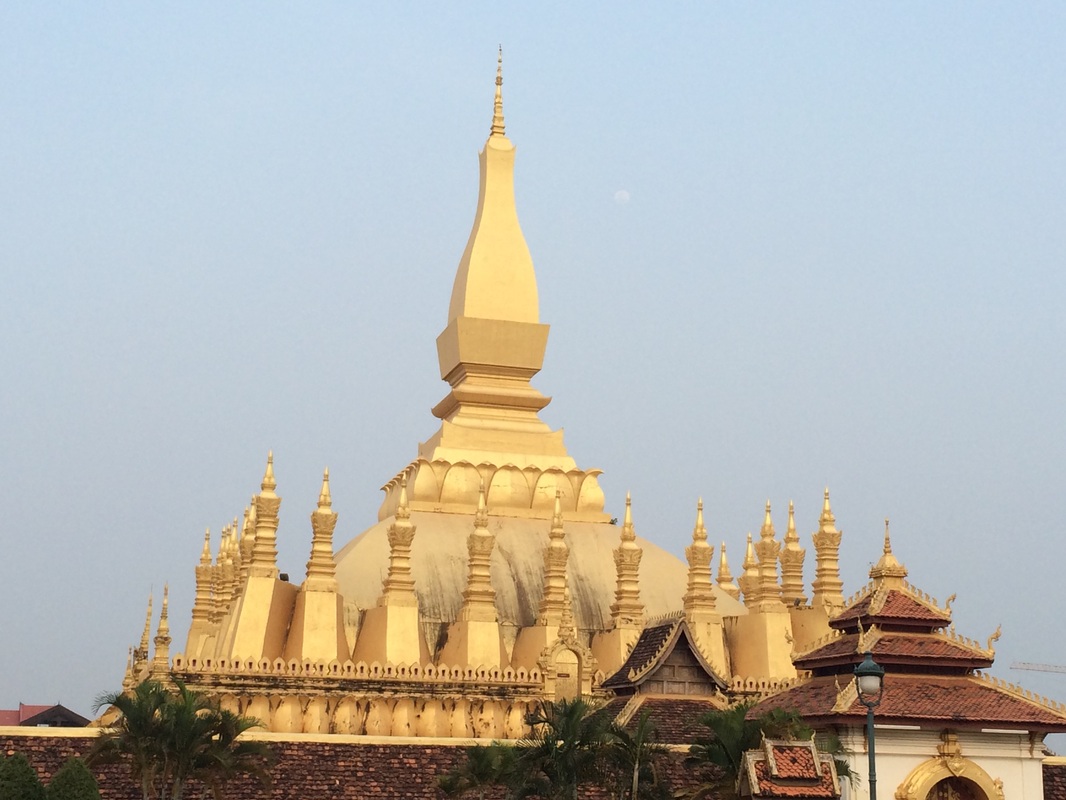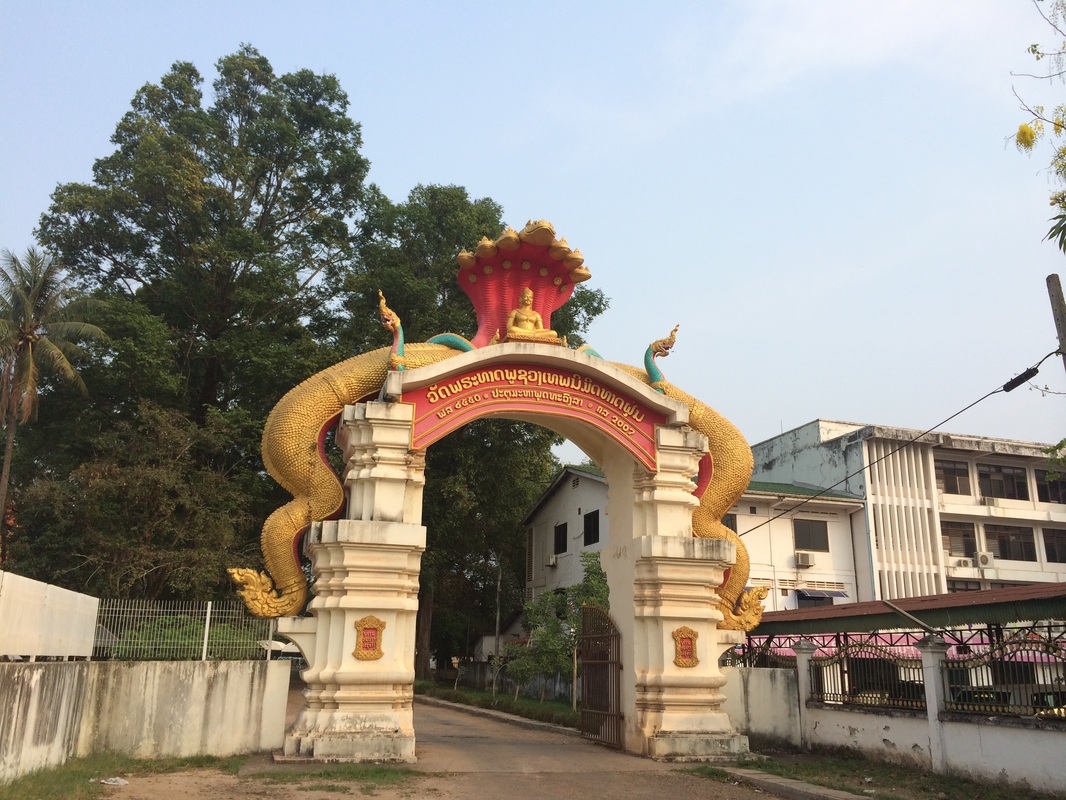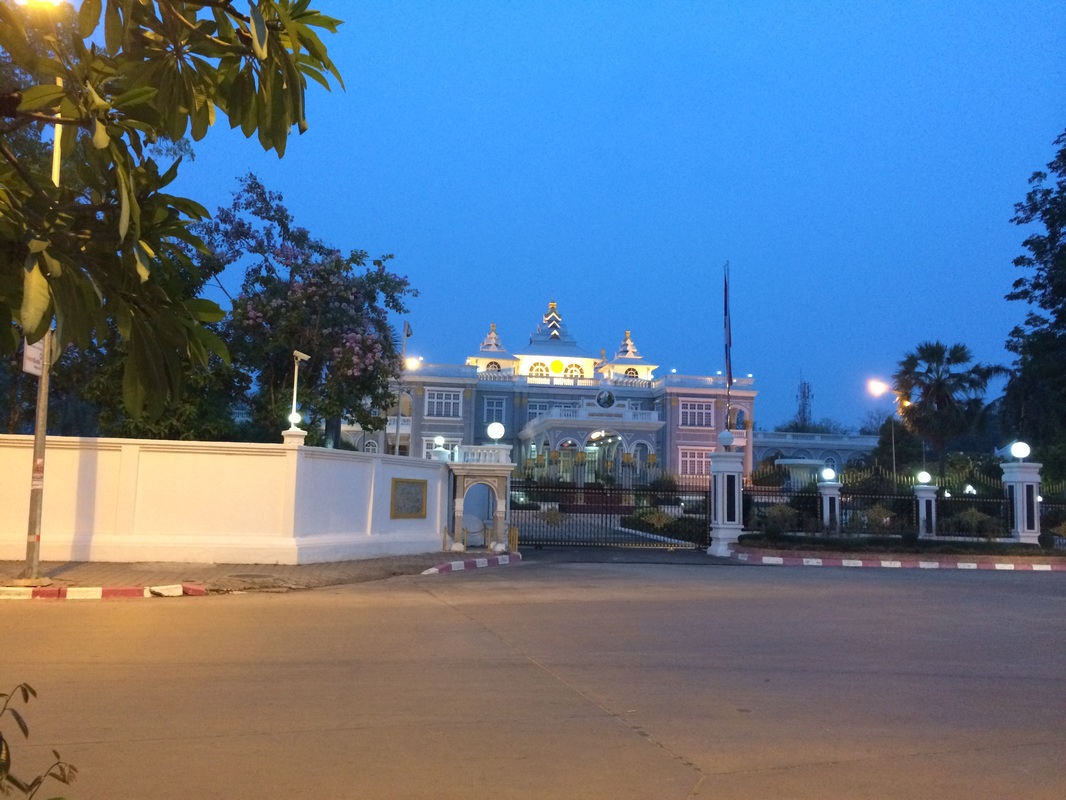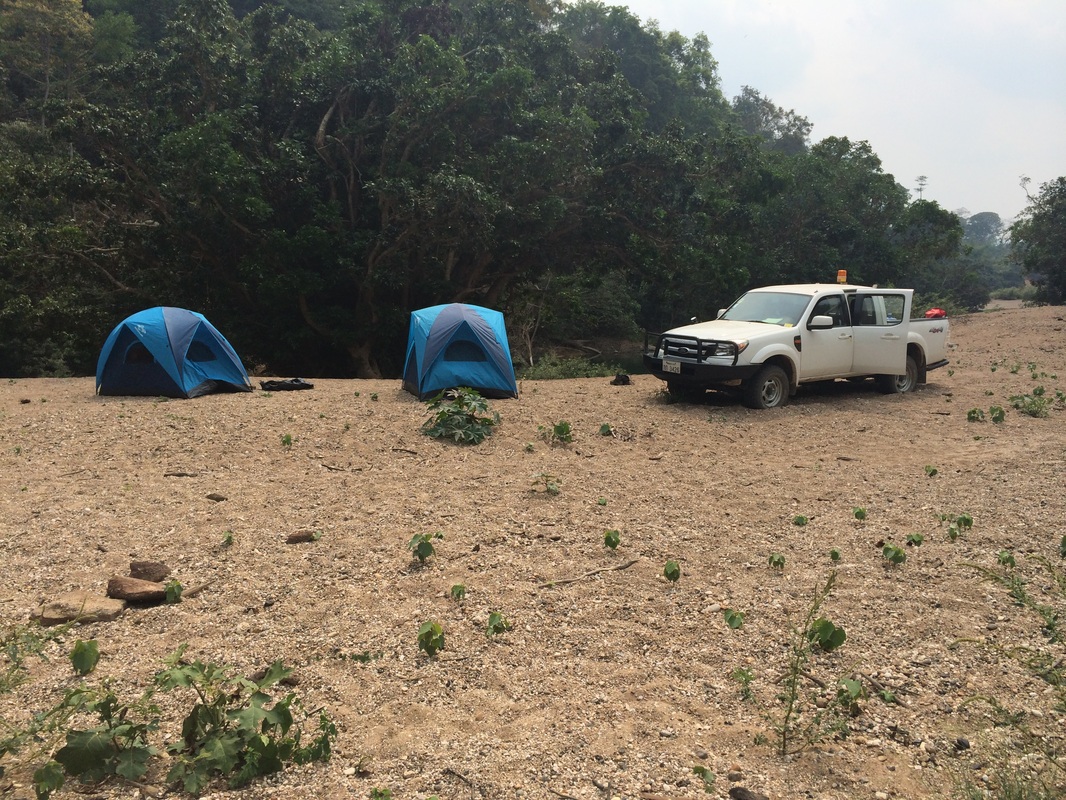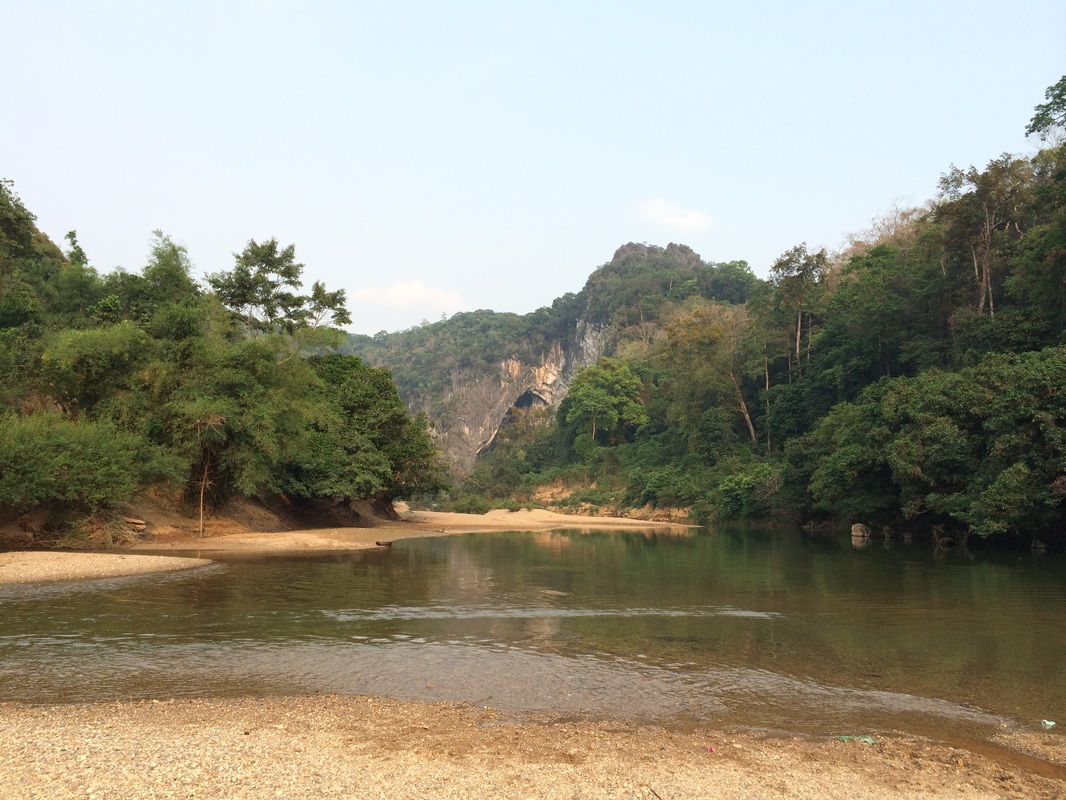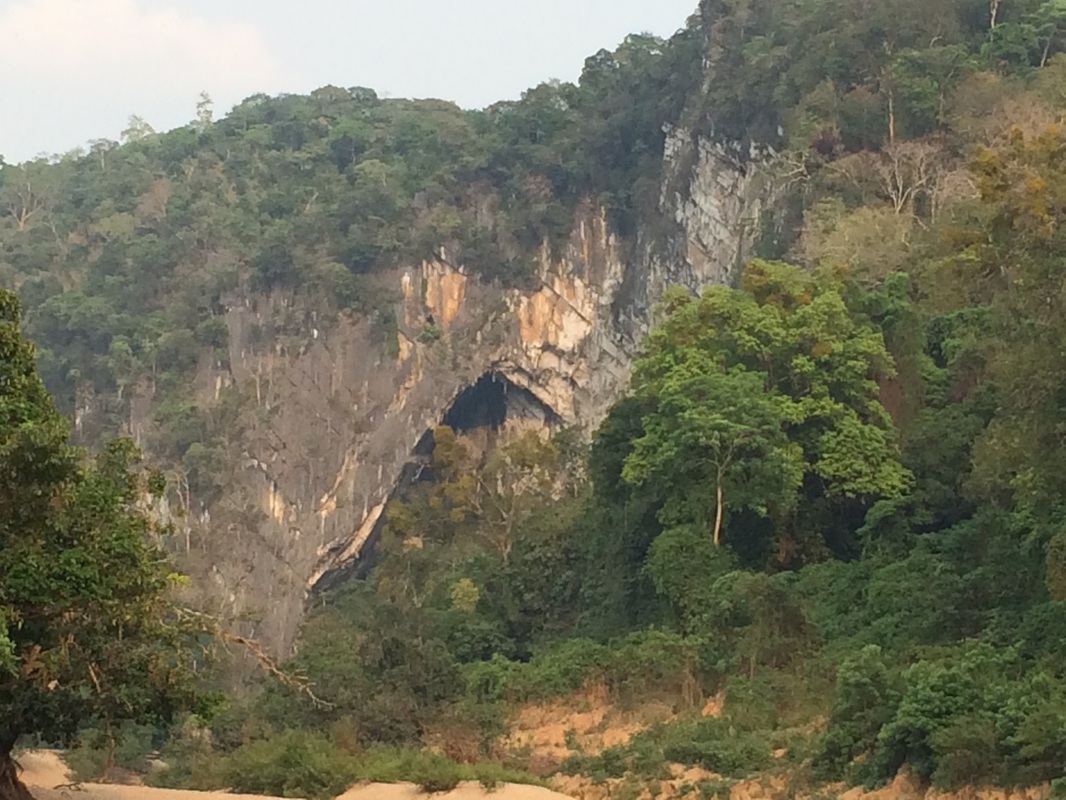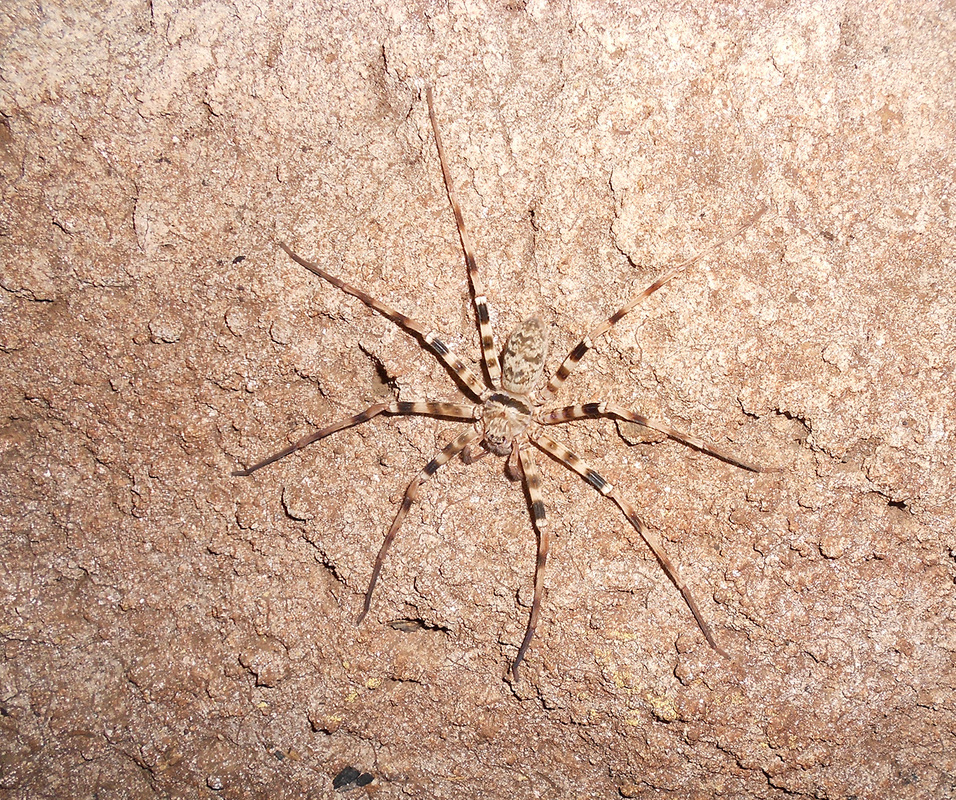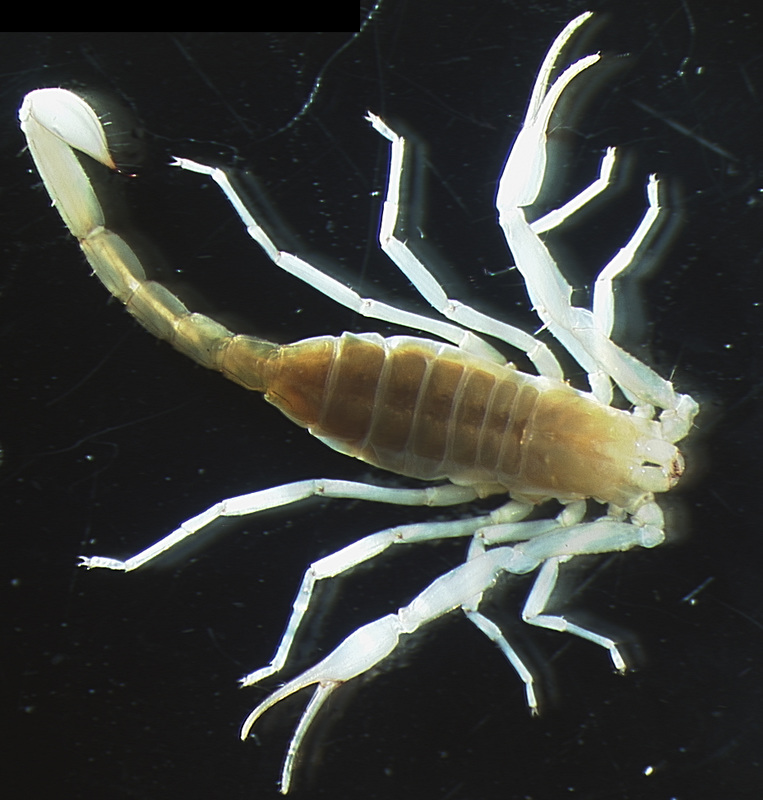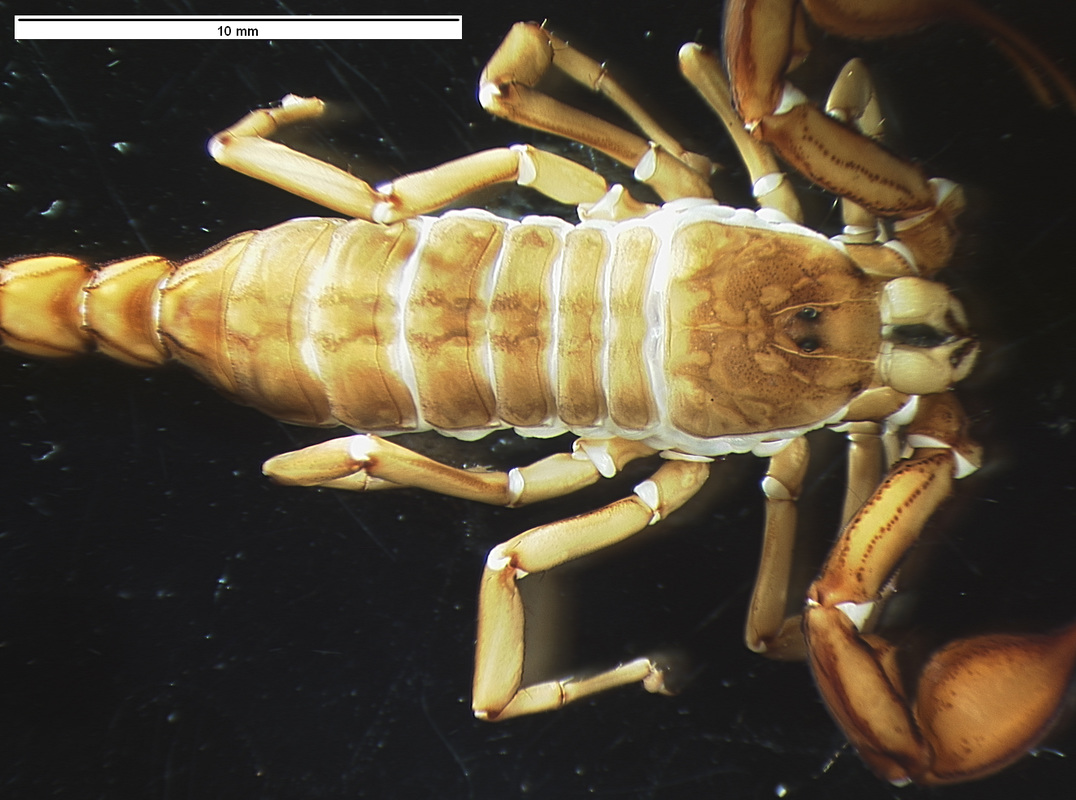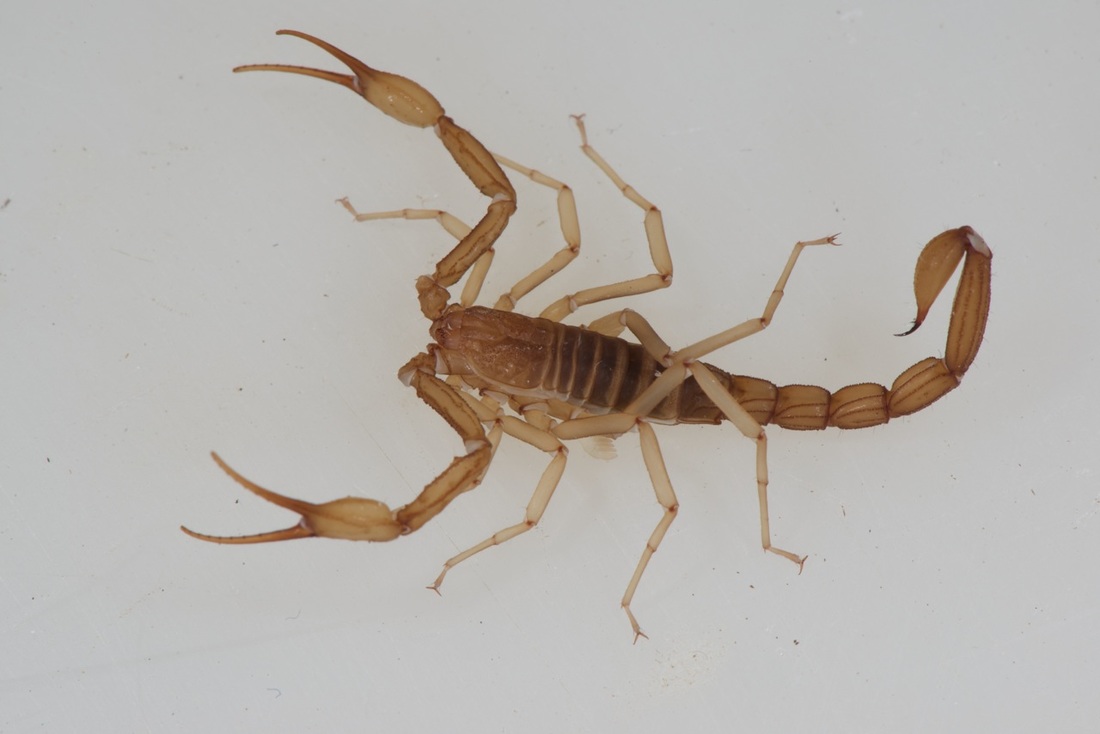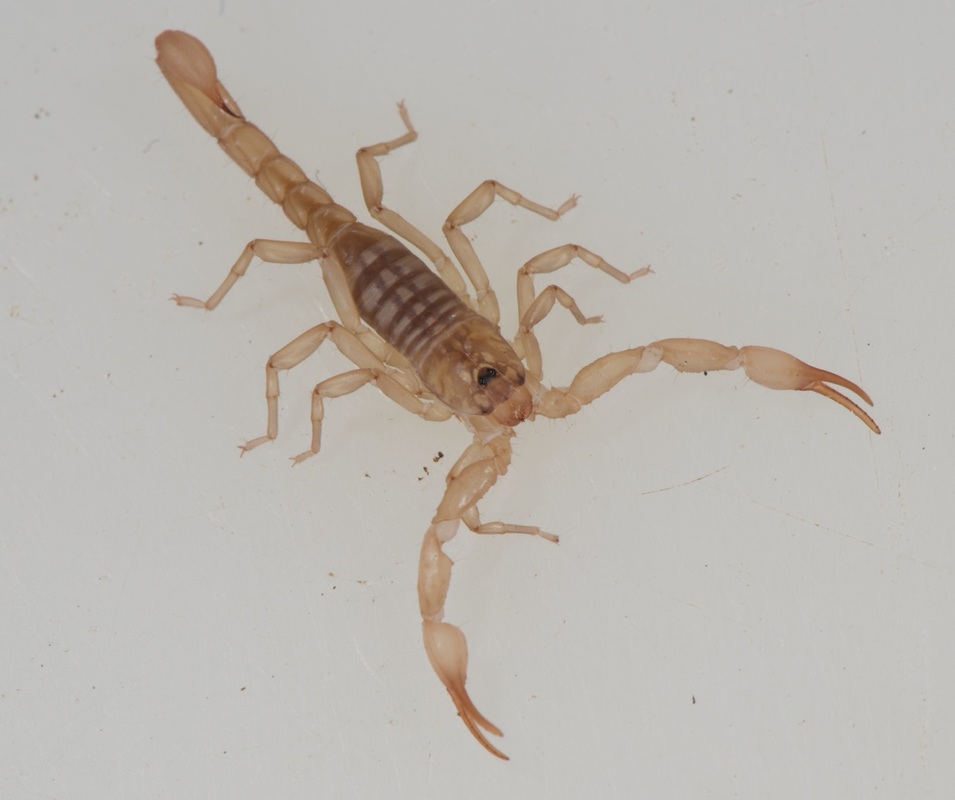Laos 2014: My first major expedition on my own, I went to Khammouane province to find pseudochactid scorpions, a unique and enigmatic lineage found in Central and Southeast Asia. I targeted two genera in the expansive cave systems of Central Laos (Khammouane Province). This was the start of a long collecting campaign, stretching contiguously into visits to the Philippines and Australia.
The acquisition of both targeted species made it possible infer a higher level scorpion phylogeny using phylogenomic datasets.
The acquisition of both targeted species made it possible infer a higher level scorpion phylogeny using phylogenomic datasets.

